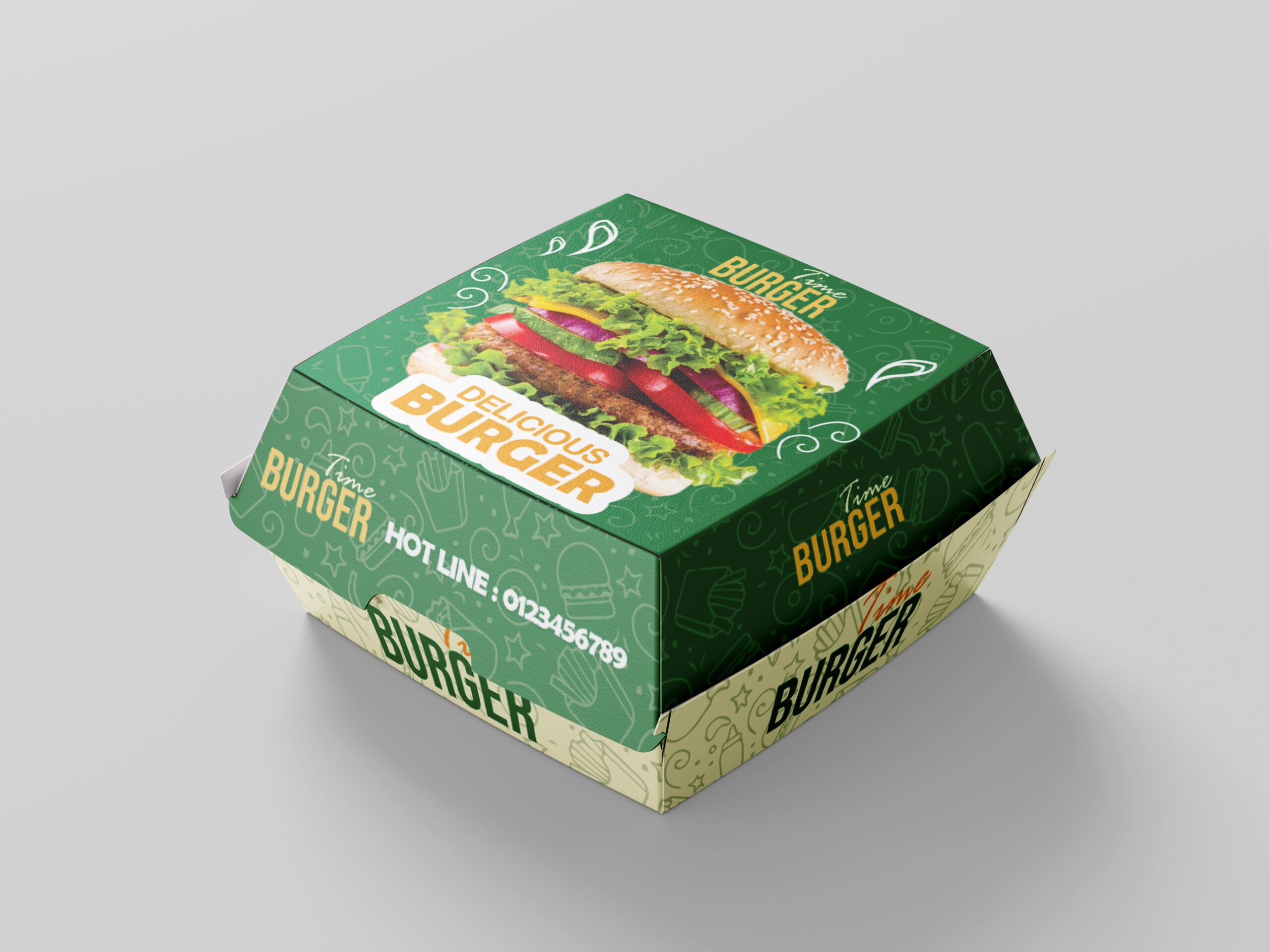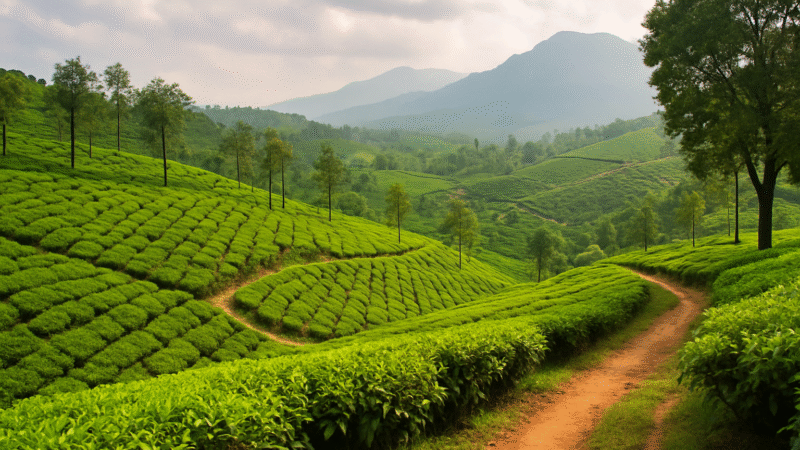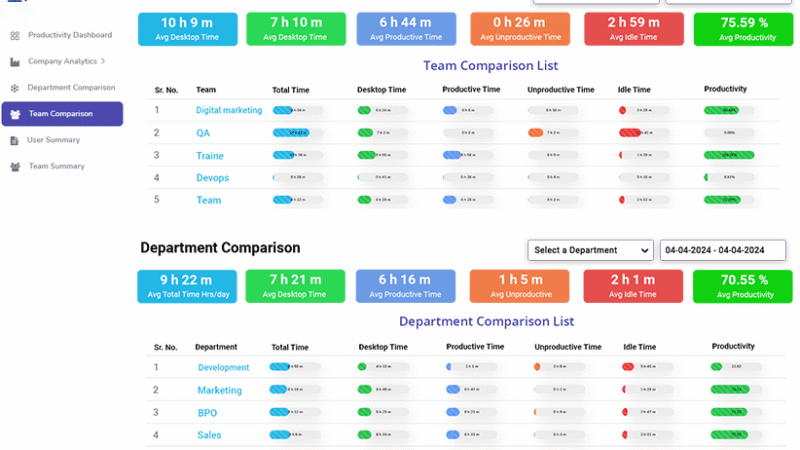The Material Science Behind the Perfect Custom Burger Boxes

In today’s competitive food industry, presentation and packaging are as important as the food itself. Custom burger boxes are a prime example of how packaging plays a pivotal role in preserving the quality of food while enhancing its appeal to customers. This article explores the material science that makes the perfect custom burger box, detailing the features and benefits of different materials used, and how these materials work together to ensure a safe, sustainable, and visually appealing product.
Understanding the Role of Packaging in Food Preservation
Packaging is an essential part of the food supply chain, and when it comes to fast food like burgers, the packaging needs to serve multiple purposes. Custom burger boxes are designed to keep burgers fresh, prevent contamination, and preserve their temperature. Material choice is crucial because it directly influences how well the burger retains heat, how long it stays fresh, and whether the packaging can withstand grease or moisture.
One of the key factors in designing custom burger boxes is ensuring that the material does not interact with the food in a way that would alter its taste, texture, or safety. The material must also be durable enough to protect the food during transport and handling. The right material will maintain the integrity of the burger while also ensuring the packaging is eco-friendly and sustainable.
Material Options: Paperboard and Cardboard
One of the most common materials used in custom burger boxes is paperboard or cardboard. These materials are chosen for their lightweight properties, strength, and ability to be easily molded into various shapes. Paperboard is especially popular because it provides a good balance between cost and performance, making it ideal for fast-food packaging.
Paperboard can be coated to provide resistance to grease and moisture, which is essential for holding a burger and its condiments. This coating helps prevent the box from becoming soggy or weak when exposed to moisture. Additionally, the cardboard material offers insulation, which helps in retaining heat and keeping the burger warm for longer periods.
Cardboard is also an excellent option for environmentally conscious businesses. It is recyclable and biodegradable, which makes it a sustainable choice compared to plastic. Many custom burger boxes are designed with recyclable materials to reduce waste, which is increasingly important in today’s eco-conscious world.
The Impact of Grease-Resistant Coatings
Grease resistance is one of the most important factors when choosing the material for custom burger boxes. The oils and juices from the burger, sauces, and other ingredients can cause packaging to become soggy, weakening its structure and making it less effective at protecting the food inside.
Many custom burger boxes are coated with a special grease-resistant layer that helps prevent this issue. These coatings are often made from non-toxic materials, such as water-based coatings or waxes, that do not harm the environment. The purpose of the coating is to form a barrier that keeps the oils and moisture from soaking into the paperboard or cardboard. This ensures the box remains strong, dry, and capable of holding the burger without breaking down.
Additionally, the grease-resistant coatings can also enhance the appearance of the packaging. By maintaining the integrity of the box, the burger box can retain its crisp, clean look, which is an important aspect of branding and customer appeal.
The Role of Insulation in Temperature Control
One of the main challenges in packaging burgers is keeping them at an optimal temperature. Whether hot or cold, the burger needs to maintain its desired temperature for the customer. Insulation plays a critical role in this process.
Custom burger boxes often incorporate insulating materials like foam or specialized coatings that help regulate temperature. Insulated packaging helps to maintain the warmth of the burger for a longer period, preventing it from cooling down too quickly. This is especially important for takeout and delivery services, where the burger may need to stay warm for an extended period before reaching the customer.
The insulation in custom burger boxes can also help prevent heat transfer to the exterior of the box. This ensures that the outside of the box does not become too hot to handle, providing a safer experience for customers.
Sustainability in Material Selection
Sustainability is a growing concern in the food industry, and packaging plays a significant role in a business’s environmental impact. Custom burger boxes made from sustainable materials help reduce the carbon footprint of a business and appeal to eco-conscious customers.
Many companies are now opting for biodegradable or compostable materials for their custom burger boxes. These materials break down naturally over time, reducing landfill waste. Additionally, the use of recycled paper or cardboard further helps in lowering the demand for virgin resources, making the overall packaging process more sustainable.
Some manufacturers are also exploring plant-based alternatives like sugarcane pulp or bamboo fibers. These materials are renewable and offer excellent strength and resistance to moisture and grease. By adopting these innovative materials, businesses can meet the increasing demand for eco-friendly products without sacrificing quality or performance.
Customization: Branding and Visual Appeal
While the material science behind custom burger boxes is crucial for functionality, the visual appeal and branding are just as important. Packaging is often the first point of contact a customer has with a brand, so the design of the custom burger box can significantly influence purchasing decisions.
Custom burger boxes can be printed with logos, colors, and unique designs that reflect the brand’s identity. The material used for the box plays a vital role in ensuring that the graphics are vibrant and clear. Paperboard and cardboard are excellent surfaces for printing, as they provide a smooth and even finish that allows high-quality graphics to stand out.
The use of eco-friendly printing inks, such as soy-based inks, is also a consideration for brands that want to maintain their commitment to sustainability while ensuring that their packaging is visually appealing. This combination of material science and design makes custom burger boxes a powerful marketing tool.
The Science of Airflow and Ventilation
Another important aspect of custom burger boxes is the ability to manage airflow. Proper ventilation is critical in maintaining the freshness of the burger by allowing steam to escape, preventing the box from becoming too moist and soggy. Excess moisture can cause the burger to lose its crispness, while too little airflow can cause the burger to dry out.
Custom burger boxes are often designed with small vents or perforations that allow air to flow freely. This helps balance the temperature inside the box and ensures that the burger remains fresh. The placement and size of these vents are carefully calculated based on the burger’s contents and the material used for the box.
The Role of Consumer Safety in Material Selection
The safety of consumers is a top priority in food packaging. Custom burger boxes are designed to meet stringent health and safety standards. Ensuring that the materials used do not pose any risk to the consumer. Non-toxic inks, adhesives, and coatings are critical in making sure that the packaging is safe to handle and does not transfer harmful chemicals to the food.
In addition, custom burger boxes must comply with local food safety regulations. These regulations ensure that the materials used in packaging are suitable for direct food contact and do not affect the taste or quality of the burger. Food-safe materials like FDA-approved paperboard and wax coatings are commonly used to meet these requirements.
Conclusion: Combining Functionality with Sustainability
The perfect custom burger box is a result of careful consideration of material science, sustainability, and design. By selecting the right materials—whether it’s paperboard, cardboard, or plant-based alternatives—brands can ensure that their packaging not only meets. The functional needs of food preservation and temperature control but also aligns with environmental and consumer safety standards.
As the demand for eco-friendly and functional packaging increases, the material science behind custom burger boxes continues to evolve. By keeping up with the latest advancements in packaging technology and material science. Businesses can continue to offer high-quality, sustainable, and visually appealing packaging that enhances the customer experience.






